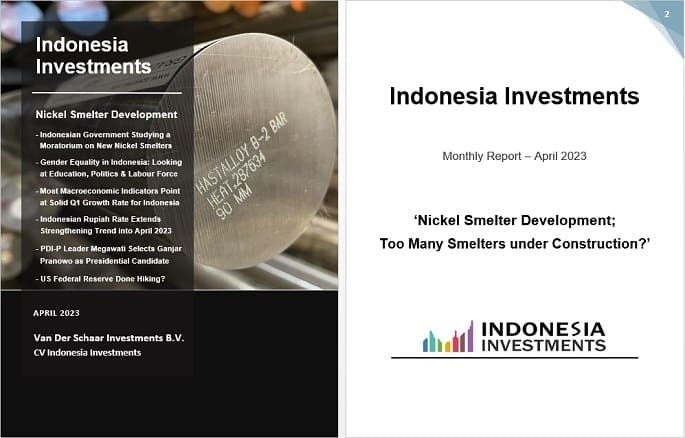Appreciation of the Indonesian Rupiah Against the US Dollar Extends into April 2023
Last month, we saw that the Indonesian rupiah started appreciating when the world was focused on the US Federal Reserve’s response to the collapse of three American banks (followed by trouble at Credit Suisse).
Trouble in the banking sector of the United States means that the Federal Reserve is unable to continue pushing through aggressive monetary tightening, particularly as the world’s top economy already faces the threat of experiencing a (mild) recession later this year. Yes, the Federal Reserve raised its benchmark interest rate for the 10th time in early May 2023 (as it is still fighting elevated US inflation), but it’s widely expected to be the final rate hike.
Meanwhile, in response to the banking crisis, the US Federal Reserve introduced the Bank Term Funding (BTF) program to help troubled regional banks with the hopes of averting bank runs and more widespread financial contagion (so, essentially, it is an emergency fund). The interest rate for BTF loans is a fixed rate consisting of the one-year overnight index swap rate plus ten basis points. On 28 April 2023 this rate stood at 4.92 percent.
Last month, we explained that the main problem with the banking hiccup in March 2023 was that – after the Federal Reserve started raising its key rate aggressively – various banks ended up with worthless Treasury bonds. The BTF program provides a backstop, or an additional source of liquidity against these securities, and therefore prevents a bank from having to sell the securities in times of distress and ultimately avoiding default. This program started on 12 March 2023, and is set to continue “at least” through 11 March 2024.
Reportedly, USD $150.8 billion has already been pledged through the BTF program as of 21 April 2023, suggesting that banks seem eager to take up the offer. Maximum usage envisaged for the facility is close to USD $2 trillion.
So, the Federal Reserve injecting more liquidity into the system (more US dollars in circulation) implies that the US dollar weakens in value. Meanwhile, macroeconomic data from the US are not too great as economic growth slowed sharply in Q1-2023, decelerating to just a 1.1 percent annual pace as higher interest rates hammered the housing market and businesses reduced their inventories. This slowdown reflects the impact of the Federal Reserve’s aggressive drive to tame inflation through a long series of interest rate hikes. And while US inflation has steadily eased from the four-decade high it reached in 2022, it remains quite far above the Federal Reserve’s two percent (y/y) target (around 5 percent y/y in March 2023).
[...]
This the introduction of the article. Read the full article in our April 2023 report (an electronic report). This report can be ordered by sending an email to [email protected] or a message to +62.882.9875.1125 (including WhatsApp).
Take a glance inside the report here!
Price of this report:
Rp 150,000
USD $10,-
EUR €10,-

Bahas
Silakan login atau berlangganan untuk mengomentari kolom ini
